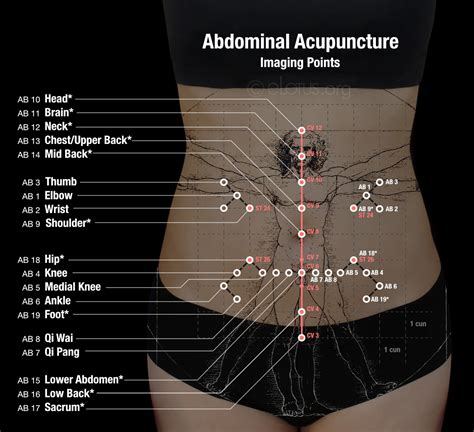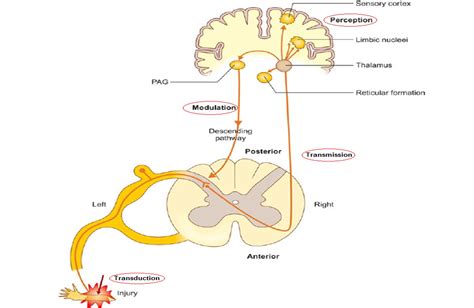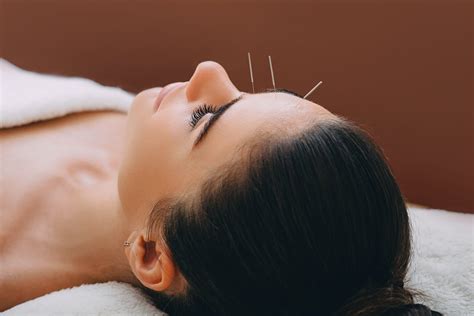Intro
Discover acupuncture for pain relief, a holistic approach using needles, herbal medicine, and cupping therapy to soothe chronic pain, inflammation, and migraines, promoting natural healing and wellness.
Pain is a universal human experience that can significantly impact an individual's quality of life. With the rising awareness of the importance of holistic and integrative medical approaches, many people are turning to alternative therapies like acupuncture for pain relief. Acupuncture, a traditional Chinese medicine technique, has been practiced for thousands of years and has gained popularity worldwide for its potential to alleviate various types of pain. The increasing interest in acupuncture for pain management is attributed to its non-invasive nature, minimal side effects, and the growing body of research supporting its efficacy.
The concept of using acupuncture for pain relief is rooted in the principles of traditional Chinese medicine, which views the body as an intricate network of energy pathways, or meridians. According to this philosophy, the flow of energy, or "qi," through these meridians is essential for maintaining health and well-being. When the flow of qi is disrupted, pain and other symptoms can arise. Acupuncture involves the insertion of fine needles into specific points along these meridians to restore the balance of qi and promote healing. While the exact mechanisms by which acupuncture relieves pain are not fully understood, research suggests that it may stimulate the release of pain-relieving chemicals, such as endorphins, and influence the brain's pain processing centers.
The application of acupuncture for pain relief has been extensively studied, and the results are promising. Numerous clinical trials have demonstrated the effectiveness of acupuncture in managing various types of pain, including chronic lower back pain, migraines, and arthritis. The therapy has also been shown to be beneficial in reducing pain associated with cancer treatment and surgical procedures. Furthermore, acupuncture can be used in conjunction with conventional pain management strategies, such as medication and physical therapy, to enhance their effectiveness and minimize side effects. As the demand for holistic and patient-centered care continues to grow, acupuncture is likely to play an increasingly important role in the management of pain and other health conditions.
Introduction to Acupuncture

Key Principles of Acupuncture
The practice of acupuncture is guided by several key principles, including the concept of yin and yang, the five elements, and the flow of qi. Yin and yang refer to the opposing forces that govern the universe, such as light and dark, hot and cold, and masculine and feminine. The five elements – wood, fire, earth, metal, and water – are believed to be interconnected and influence the balance of qi in the body. The flow of qi is thought to be essential for maintaining health, and disruptions in this flow can lead to pain and other symptoms. By understanding these principles, practitioners can develop effective treatment strategies that address the underlying causes of pain and promote overall well-being.Benefits of Acupuncture for Pain Relief

Common Pain Conditions Treated with Acupuncture
Acupuncture is used to treat a wide range of pain conditions, including: * Chronic lower back pain * Migraines and headaches * Arthritis and joint pain * Cancer pain * Surgical pain * Fibromyalgia * Neuropathic pain * Temporomandibular joint (TMJ) painHow Acupuncture Works for Pain Relief

Acupuncture Techniques for Pain Relief
There are several acupuncture techniques that can be used for pain relief, including: * Traditional Chinese medicine (TCM) acupuncture: This approach involves the insertion of needles into specific points along the body's meridians to restore the balance of qi. * Auricular acupuncture: This technique involves the insertion of needles into specific points on the ear, which is believed to correspond to different parts of the body. * Electroacupuncture: This approach involves the use of a small electrical current to stimulate the needles and enhance the treatment effect. * Laser acupuncture: This technique involves the use of low-level laser therapy to stimulate the acupoints and promote healing.What to Expect from Acupuncture Treatment

Preparing for Acupuncture Treatment
To prepare for acupuncture treatment, patients should: * Wear loose, comfortable clothing * Avoid eating a heavy meal before treatment * Avoid caffeine and other stimulants * Be prepared to discuss their medical history and current symptoms * Ask questions and express any concerns they may haveConclusion and Future Directions

What is acupuncture and how does it work?
+Acupuncture is a traditional Chinese medicine technique that involves the insertion of fine needles into specific points on the body to restore the balance of qi and promote healing. The exact mechanisms by which acupuncture relieves pain are not fully understood, but research suggests that it may stimulate the release of pain-relieving chemicals and influence the brain's pain processing centers.
Is acupuncture safe and effective for pain relief?
+Acupuncture is generally considered safe when performed by a licensed practitioner. The therapy has been shown to be effective in managing various types of pain, including chronic lower back pain, migraines, and arthritis. However, as with any medical treatment, there may be side effects, such as bruising or dizziness, although these are rare.
How many acupuncture sessions are needed for pain relief?
+The number of acupuncture sessions needed for pain relief can vary depending on the individual and the specific condition being treated. Some patients may experience significant relief after a single session, while others may require multiple sessions to achieve optimal results. A licensed practitioner can develop a personalized treatment plan that addresses the patient's unique needs and goals.
We hope this article has provided you with a comprehensive understanding of acupuncture for pain relief. If you have any further questions or would like to share your experiences with acupuncture, please feel free to comment below. Additionally, if you found this article helpful, please consider sharing it with others who may benefit from this information.
